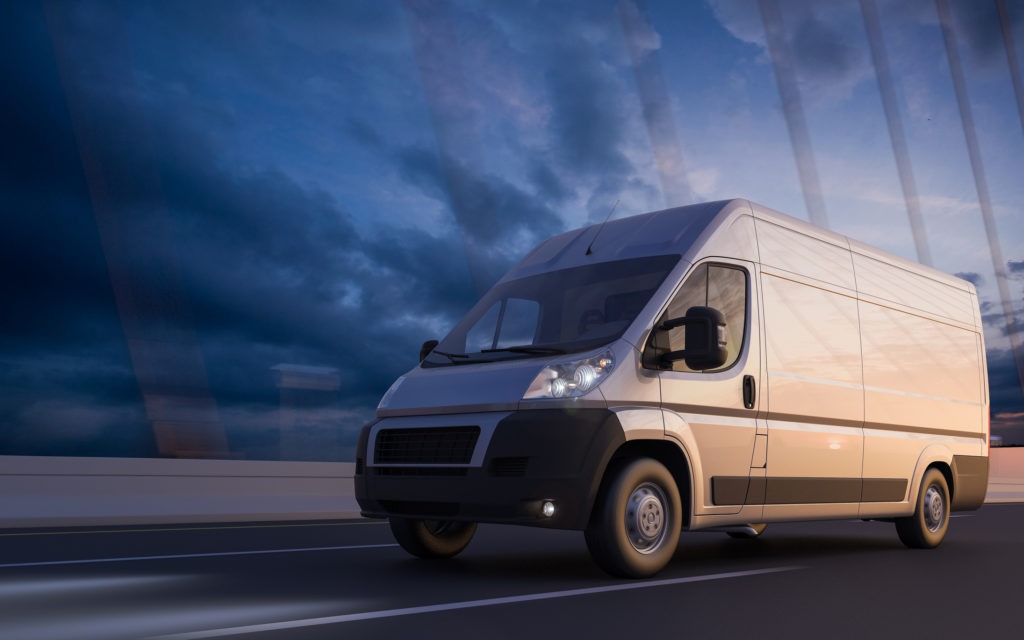European new-car recovery as downturns reduced in June
05 July 2022

The gradual recovery of key European new-car markets was confirmed in June, explains Autovista24 senior data journalist Neil King.
The latest new-car registration figures from France, Italy, and Spain all showed improvement last month as the automotive industry continues to slowly recover from supply challenges, which have been exacerbated by the war in Ukraine.
The three European markets all endured further year-on-year declines in June, but the downturns were far less pronounced when working-day effects are factored in. The number of working days in Italy and Spain was the same as in June 2021, and there was only one less in France. However, May saw two additional working days in France and Spain, with one more in Italy, than a year ago.
Autovista24 had assumed a modest improvement in its new-car market forecasts for June, and Spain was exactly in line with expectations. France performed better than expected, whereas Italy came in lower. Nevertheless, the seasonally-adjusted annualised rate (SAAR) rose in all three countries, which bodes well for the outlook.
Improved outlook for France; Italy and Spain trimmed
Barring any significant production stoppages because of an escalation of the war in Ukraine, Autovista24 assumes supply improvements will continue throughout 2022. However, the outlook for the Italian and Spanish new-car markets is 17,000 units and 5,000 units lower, respectively.
The volume forecast for France has been upgraded by 13,000 registrations both because of the better-than-expected result last month and the stay of execution for electric-vehicle incentives. The subsidy amounts were due to be reduced by €1,000 on 1 July, but the French government announced an extension until 31 December. With the displacement of registrations into 2023 expected to be lower, next year’s outlook for France has been reduced by 10,000 units. Nevertheless, double-digit growth of over 20% is still expected in all three countries next year.
Significant downside risks to this challenging forecast remain, depending on the duration and severity of the conflict in Ukraine and whether it extends further west and beyond the country’s borders. Unlike previous crises, such as the global financial crash of 2008-2009, the new-car registrations outlook for western European markets hinges more on new-car supply than any economic impact on sales. Furthermore, reduced – or even fully disconnected – gas supplies from Russia to continental Europe still pose a major economic threat.
Significant improvement in France
According to data released by the CCFA, the French carmakers’ association, 171,089 new cars were registered in the country last month. The 14.2% year-on-year decline appears greater than the 10.1% downturn in May. However, there was one less working day in France last month than a year ago and Autovista24 calculates that the adjusted year-on-year contraction, of 10.2%, is far better than the adjusted 18.7% loss in May. Similarly, the SAAR rose significantly to 1.65 million units, from 1.34 million in May.
The French new-car market has been heavily affected by new regulations from the start of the year. The malus (penalty) for registering new cars extended to those with CO2 emissions of 128g/km or more. A weight-based tax was also introduced, which applies to all new cars that weigh over 1.8 tonnes. The war in Ukraine derailed the market correction that began in February, but the cumulative decline in the first half of the year has improved to 16.3%.
As the incentives for electric vehicles were to be reduced by €1,000 from 1 July 2022, consumers have rushed to take advantage of the higher subsidy before it expired. However, the recent extension of the existing incentives until 31 December will further support demand in the coming months. Nevertheless, supply will ultimately dictate the French new-car market’s fortunes.
Autovista24 forecasts a 2.6% decline in 2022, to below 1.62 million units. As many new cars ordered in 2022 will not be registered until 2023, the French market is forecast to expand by 21.7%, nudging two million units. This remains about 11% lower than the 2.2 million new cars registered in 2019, prior to the COVID-19 pandemic.
Incentives barely bolster Italy
Industry association ANFIA reports that 127,209 new cars were registered in Italy last month, 15% fewer than a year earlier. This marks an improvement on the 19% decline in May, when adjusted for the extra working day compared to May 2021. Furthermore, the year-to-date contraction reduced to 22.7% in the first six months of 2022.
Aside from supply challenges and inflationary pressure in Italy, new-car registrations have been restrained as consumers awaited the reintroduction of purchase incentives announced in April. As these were reinstated on 25 May, the recovery of demand, especially for electric vehicles, is materialising, albeit slower than Autovista24 had factored into its forecast for June.
Moreover, the purchase incentives ‘are already exhausted for the 61-135g/km CO2 range, where the greatest number of requests was concentrated,’ commented Paolo Scudieri, president of ANFIA.
As the June tally of new-car registrations was lower than Autovista24’s expectations, and any further uplift from incentives will be limited, the forecast for 2022 has been downgraded. The Italian new-car market is forecast to contract by 4.6%, to below 1.4 million units, before rebounding by 25% in 2023, to 1.74 million units. However, this would still be 9.3% lower than in 2019.
Spain ‘unable to stabilise’
A total of 89,252 new cars were registered in Spain during June, according to ANFAC, the Spanish vehicle manufacturers’ association. The 7.8% year-on-year decline follows a 10.9% downturn in May, which is estimated at 19% when adjusted for the two extra working days compared to May 2021.
‘The market is still unable to stabilise. Sales to individuals, which in the previous month had achieved a rebound, fell back slightly due to economic uncertainty and the microchip crisis that conditions production, both in Spain and in Europe, and delays the arrival of vehicles to the points of sale,’ commented Aránzazu Mur, director of economics and logistics at ANFAC.
Spain had a poor start to 2022, with vehicle-tax increases introduced on 1 January. The year-to-date contraction improved slightly to 10.7% in the first six months, but the recovery is fragile. ‘The rise in fuel prices and the increase in inflation are factors that are marking demand and that will surely affect the rate of recovery in sales in the coming months,’ Mur added.
Autovista24 has modestly reduced its 2022 outlook for Spain and forecasts 831,000 new-car registrations in 2022, marking a year-on-year decline of 3.3%. Looking ahead more positively to 2023, Autovista24 forecasts that the Spanish new-car market will exceed the one-million mark, with year-on-year growth of 26%.
'Although there has been a slight improvement in the supply of materials, there are not enough vehicles to meet the demand of rental companies, which continues to weigh on the market. Given this context, the forecasts point to the year closing for the third year in a row below 900,000 units,’ concluded Tania Puche, communications director of GANVAM, the Spanish dealers’ association.



